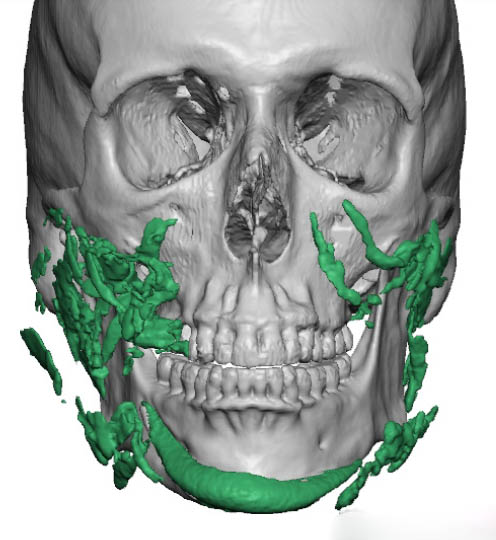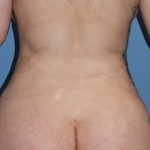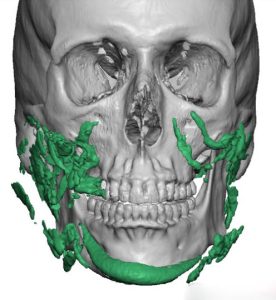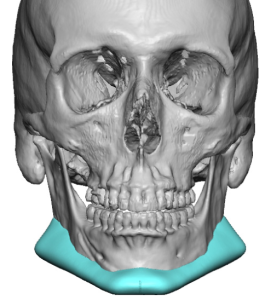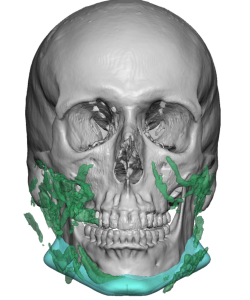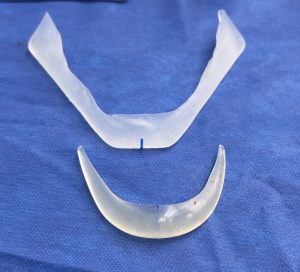Background: Injectable fillers are the most common form of facial augmentation due to their immediate effect and their non-surgical placement. They often are used before facial implant placement either as an initial test or unknowingly as a precursor to a yet unrealized desire for a permanent facial augmentation effect. They can be done to create the complete augmentation effect or can be used to supplement an existing facial implant.
A prime example of the supplemental effect of fillers with implants is the patient with a chin implant that augments the jawline behind it by injections. The placement of a chin implant requires less commitment and less risk in jaw augmentation surgery and is also the most familiar. After a successful chin implant the patient may desire a more complete jaw augmentation effect. But jaw angle implants are less commonly performed and have increased risks due to the need for bilateral placements as well as their deep bony location in the face. As a result injectable fillers are often turned to as a less risky treatment option.
While there are numerous types of injectable fillers one of the more unique is Radiesse. Partially composed of calcium phosphate particles patients may seek this type of filler due to its longer, albeit not permanent, augmentation effect. One of its other less recognized features due to the calcium phosphate is that it can be seen radiographically. It appears most prominently in 3-D facial CT scans. Its linear pattern placement can be clearly visualized as well as the extent of its surface area coverage in the overlying soft tissues. This provides some interesting information when the patient elects to undergo an implant surgery to avoid the need for ongoing injections.
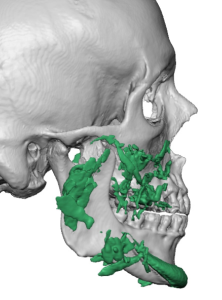

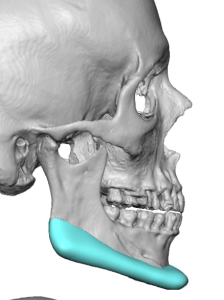
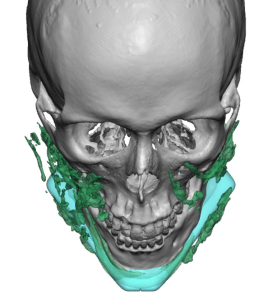
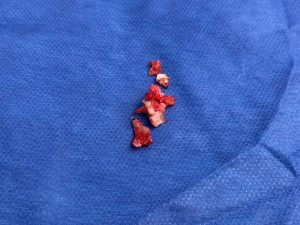
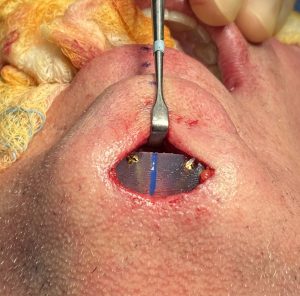
Due their soft tissue location injectable fillers do not provide a direct 1:1 correlation to an underlying implant design. The fillers being closer to the skin have a more immediate impact on external expansion. As a general rule it takes more implant volume at the bone level to create a similar effect than the more superficial location of the filler in the soft tissues. For example in this case the patient received eight cc of Radiesse per treatment session while the jaw implant was almost 20ccs in volume. n well the injectable fillers did not need to treat kitchen area due to the existing implant you can still be seen that it takes a lot more implant volume to create a satisfactory augmentation effect than it does of fillers.
Key Points
1) Injectable fillers are commonly used before facial implants are considered or as an adjunct to them.
2) The only injectable filler able to be seen radigraphically is Radiesse due to its calcium phosphate composition.
3) Injectable fillers are placed in the soft tissue while implants are down at the bone level so there is not a direct correlation between them when designing a custom jawline implant.
Dr. Barry Eppley
World-Renowned Plastic Surgeon

